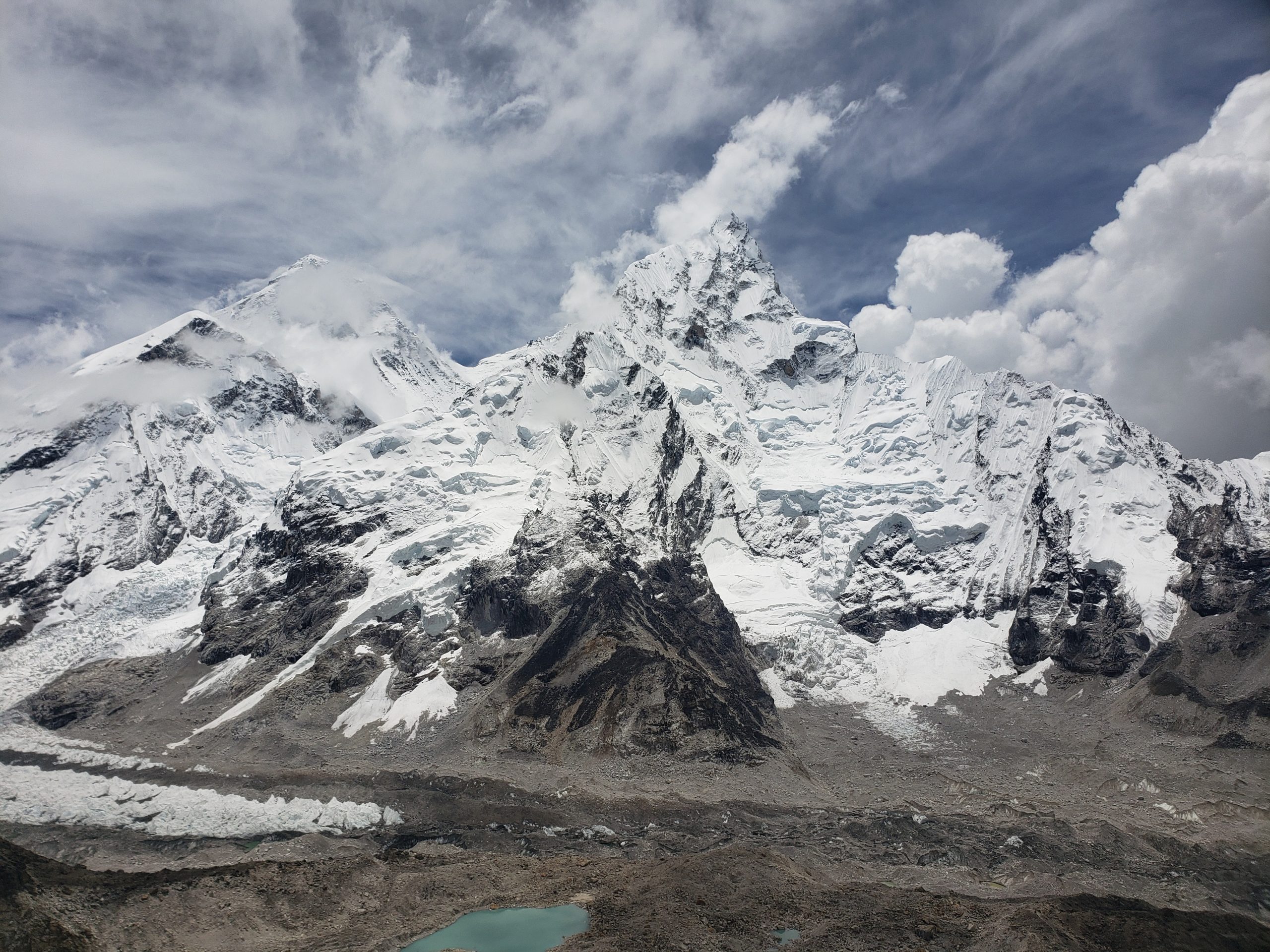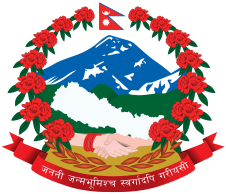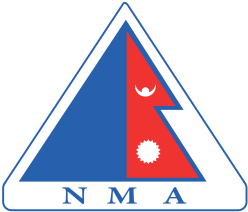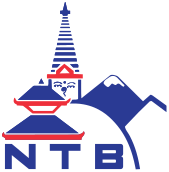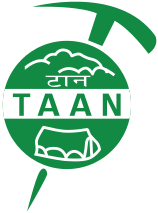Trip Facts
-
Trip Code
EHCS-32256 -
Duration
19 days -
Start End Point
Kathmandu-Kathmandu -
Trip Grade
Easy
Everest Base Camp & Kala Pathar Trekking
The Everest Base Camp trek takes us into one of the most spectacular regions of Nepal where the Sherap culture trrives amongst the highest peaks in the world. The Everest massif as seen from Thyangboche and Kala Pathtar is a sight you will never forget and this is the traditional trek to view Everest, following the historic trail and travelling in true expeditions style. It will appear to those who wish to retrace the steps of history to the base of Everest. With increasing demand in this region, aslo known as Solukhumbu.
On this trek we see many different things. We visit the beautiful monastery at Tengboche, Pongboche and at Khumjung. On this trip we visit the Everest View Hotel which is the world¡¯s highest elevated hotel. On this trip we get the chances to see and learn about the famous people the Sherpas and their cultures. We walk up to 5300 meter high on this trip. We get a lovely view of Everest from Kalopather. We depart from, Kathmandu and fly to Lukla on a small twin water aircraft. Our trek will begin from Lukla.
Trip Itinerary
We will pick you up from airport and trandferred to Hotel. You will be given a detail brefing on your arrival about the Kathmandu city and about the trekking.
-
 Maximum Altitude:
Maximum Altitude:1300 m
We will fly to Lukla by early morning flight. The flight time will be about 35 to 40 minute to Lukla. This airstrip was built by Sir Edmand Hillary and his friends to service the Everst region when he began his work of building schools and hospitals for the Sherpa people. It is a memorable flight, with marvellous views of the Eastern Himalayas. At Lukla we are immediately impressed by the scale of the huge peaks that surrond the village but this is ony a foretaste of what is to come. Our assemble and we head down hill towards the Dudh Kosi, a raging river that flows from the highest peaks. . The broad and well maked trail meanders around fields of potatoes and buck wheat and passes throgh small villages and we pass rows of the tree to make our way to our first overnight stop in in the village of Phakding. We will see first our Mani walls today. These stone structures are a compilation of many stones tablets, each with the inscription "Om mani padme hum" which translates to (hail to the jewel in the lotus" and is a mantra (chant) venerated by Bhuddhists. Bhuddhists will walk to th left ot these Mani walls and chorten but you maynotice that people of the lowlands who have no knowledge of Buddhisim do not follow this practice.
Today we cross and re-cross the thundering glacial river named Dhudh (milk) Kosi (river) because of its colore. Sections of today's walk are throgh pine forest and cleared aras reveal terraced fields and variety of crops. We pass samll groups of dkonkeys and yaks carrying goods and trek gear along the trail. Ouronw gear will be carried by Yak or dzopko, a yak and cow crossbreed, a Yak is full-blood long haired male more commonly found at higher altitudes. We pass through a variety of small hamlets as we slowery gain altitude. Spectacular mountain peaks unfold avobe us and seem to hover above the tree-line as they rise above the deep river valley. Further along the trail, across the valley to the North- West, Numla and Kngde ri rise above the forested ridges from the river floor. The allure of the montains is hard to resist but we must be patient as it is very important to acclimatise slowely and therbey fully appreciate our time at higher altitude. Today's walk is not a long one and you will be eger to press on. Slow donw and enjoy every step of the way. It is the journey, not the final destination, that is important.
This morning we cross the green/ aqua waters of Dudh Kosi and pass through the gates of the Sagarmatha National Park. The establishment of this national park is a significant attempt to stem the use of fire-wood in the area and the few local people who have a permit to cut wood must gain a approval from the authorities on the basis of it being primarily for the personal use. When we are in lodges, only kerosene will be used for cooking and heating washing water, and lodge owner will be well paid for allowing us to utilize their facilities. This puts money into the local economy and by carrying majority of our supplies, we do not tax local resources further. We follow the river course to the confluence of the Dudh Kosi and Bhote Kosi and cross a spectacular high bridge before commencing our ascent to the village of Namche bazaar, the Sherpa Capital of Nepal. It is a though climb as the trail passes through forest of pine to a vantage point that provides our first view of Mt. Everest. The trail continues to climb and meander to Namche, and the sight of this prosperous village spread within a horse- shoe shaped valley opposite the beautiful peak of Kondge Ri is worth every step. After lunch you may wish to peruse the Tibetan trader¡¯s stalls or the Sherpa shops in search of a bargain.
Sagarmartha National Park Headquarters on the hill above the village offers a very interesting display of photographs, memorabilia and information of the park, and is a wonderful vantage point for the spectacular view up the Imga Khola Valley towards Everest. The change from the narrow lowland valleys to the broad glacial ones is immediately obvious. The steep-sided glacial valley before us gradually winds towards the base of Everest, broken only by the moraines left by retreating glaciers. Its more gradual rate of climb is a blessing for those trekking higher. Towering to over 4000 meters above the valley floor, spectacular peaks seem to engulf us. The Sherpa culture Center has an interesting collection of mountaineering items and photographs.
The walk to Thyangboche is one of the most pleasant in Nepal. The trail meanders easily around the ridges and Everest can be clearly seen on the horizon ahead before we descend through splendid rhododendron forest for lunch. After lunch we cross the Dudh Kosi and began the ascent to the top of long ridge which flows from the summit of Kantega. Our trail takes us through pine and rhododendron forest and as this is a devout Bhuddhist region, the wildlife is unharmed and not too shy. As a result there is possibility that we may see Hog Deer and other animals in the forest and around our campsite. As we approach the top we pass through a traditional gateway and pass around a chorten before cresting the ridge into a wide grassy meadow at the monastery village of Thyangboche. The monastery was recently re-built with the assistance of Sir Edmund Hillary after it was destroyed by fire. Your leader will arrange for you to be shown around the monastery and will explain the relevance of the many ceremonies that take place and discuss the life of the monks in residence. The views of the Everest massif as well as all the other major peaks of the area are astounding and if we are lucky, we will see the glowing color of the sunset and perhaps even the moonlight on the mountains around us. Our lodge will be situated near the gompa giving us flexibility in how we wish to spend our spare time in the afternoon. There are a limited number of lodges in this area and it may be necessary to be in multi-share accommodation i.e. rooms with more than tow beds.
The early morning mountain views from the monastery are outstanding. Everest, Lhotse, and Nuptse are the head of the valley their line of sight flanked by Tawetse on one side and Ama Dablam on the other. Almost directly above us are Kantega Ri which encircle us from across the valley.
From Thyangboche we head down to cross the Imja Khola before an easy climb along a wide, open trail to Pongboche the small village of Pongboche (3990m). We may take a slight detour to visit the Pongboche Gompa the oldest monastery in the Khumbu, said to be over 300 years old. The views today of Ama Dablam one of the Himalaya¡¯s most stunning peaks are spectacular. Continuing on we cross the river again and trek up to Dingboche situated just beneath the impressive Ama Dablam.
An important acclimatization/rest day today with the option of hiking high up to the ridge overlooking the village or perhaps up to Chukung Village. You spend the day exploring or relaxing and taking in the mountain scenery. Excellent views of Nuptse, Lhotse, Chhukung peak and Imja Tse (Island Peak) are had from both in the valley from the ridge above the camp. Massive glaciers drape beneath cliffs that soar up to 3500 meters in this dramatic valley.
We are gaining altitude and it is important that we move at a slow, steady pace. The slopes are quite barren now as we have moved above the treeline. Views of the different peaks such as Cholatse and Lobuche, unfold before us in this contrasting and spectacular landscape. We moveup the Dhugla ridge and onto moraine towards Khumbu Glacier. Rock cairns can be seen, many of which are dedicated to the memory of climbers attempting the high mountains of the area, including Everest. The temperatures drops here as we are more exposed with our camp situdated amongst this glacial moraine. We enjoy spectacular views all day today of Pumori and Nuptse. The hhill above the town affords fine sunset views of Nuptse.
We trek alongside the Khumbu Glacier as the path winds over the rocky moraine towards the settlement of Gorak Shep. We are high, among the glaciers of the world¡¯s highest peaks. At the junction of two large glaciers and nestled in an amphitheatre of peaks, this campsite is spectacular. The air is clear and the sun is strong but as the sun sets it becomes very cold. Sunsets here can be stunning. The afternoon can be spent exploring or gazing at the peaks. Today, depending on the weather conditions, we may go to the Kala Pathar (5545). We may start early in the morning too.
Today if some one is interested to hike up to base camp we can go and come back to camp. We will take a pack lunch and back to campsite in the afternoon. It will be an optional hiking to Everest base camp but the best view is from Kala Pather. Kala Pathar means "Black Rock". We will see the best view. We can not see any good view of Mt. Everest from Base Camp.
We will be walking about 8 to 9 hours all down hill and gradual flat. Descending alongside the glacier we reach the snout and drop steeply onto the old moraine. We reach the site of a row of cairns to climbers who died in the mountains, before we continue to the small settlement at Tugla. Our path is aling the old valley floor through the village of Periche. There can be a tendency now to rush, particularly as we are walking down hill, but there is still much to see. We descend to Pongboche and visit it¡¯s historic old monastery, thought to be the oldest in the Khumbu.
We have to walk about 5 to 6 hours to Khumjung. There are excellent mountain views as we follow the trail as it traverses high above the river and drops to the fields at the village of Portse and then descend to cross the Dudh Kosi at Portse Tenga. A short but steep climbe is taken in our stride as we are now very fit acclimatization is not an issue. We crest the ridge at a chorten draped in prayer flags and traverse towards the villages of Khumjung and Khunde. It is a comfortable day¡¯s walk , with time to explore these quique and more traditional villages. As we near them we pass through terraced fields that are home to a brightly colored pheasant, the Danphe Pheasant, the National bird of Nepal. Khmjung is where Sir Edmund Hillary built his schoolhouses in the clouds. And famed Khunde Hospital is close by. There will be generally be an opportunity for you to visit the hospital and school as well as the monastery at Khumjung where we may see the "Scalp of Yeti"
We have to walk about 6 hours. This was our first campsite.
We will celebrate our last night with our crew. This is the day that you may hand out your tip to your crew members.
Transferred to hotel and leisure afternoon.
Include
- Economy Hotel in Kathmandu with bed and breakfast
- Half Day sightseeing in Kathmandu
- The whole trip operations cost & all local transportations entrance fee etc.
- Twin share tent or lodge on the trek.
- All meals while you are on the trip
- Guide/porter
- Insurance for porter and guide
Exclude
- Lunch and Dinner is not included while you are in the main cities.
- Bar and cold drinks
- Tipping for the crew members
- Personal expenses
- Personal travel insurance (emergency medical insurance)
- You personal gear
Client Reviews
Add a Review
- Kit Bag
- Down Jacket
- Sleeping Bag
- Inner liner for sleeping bag

